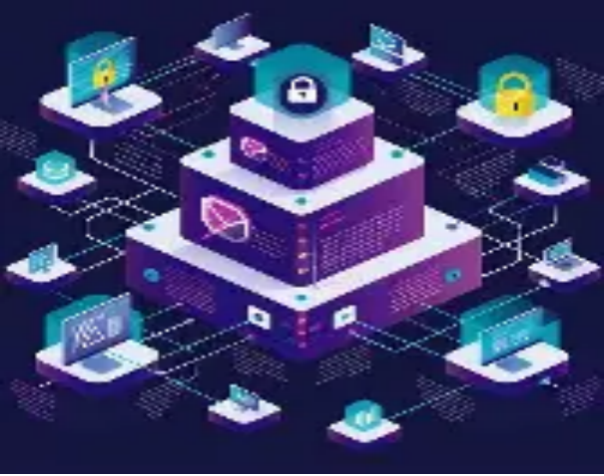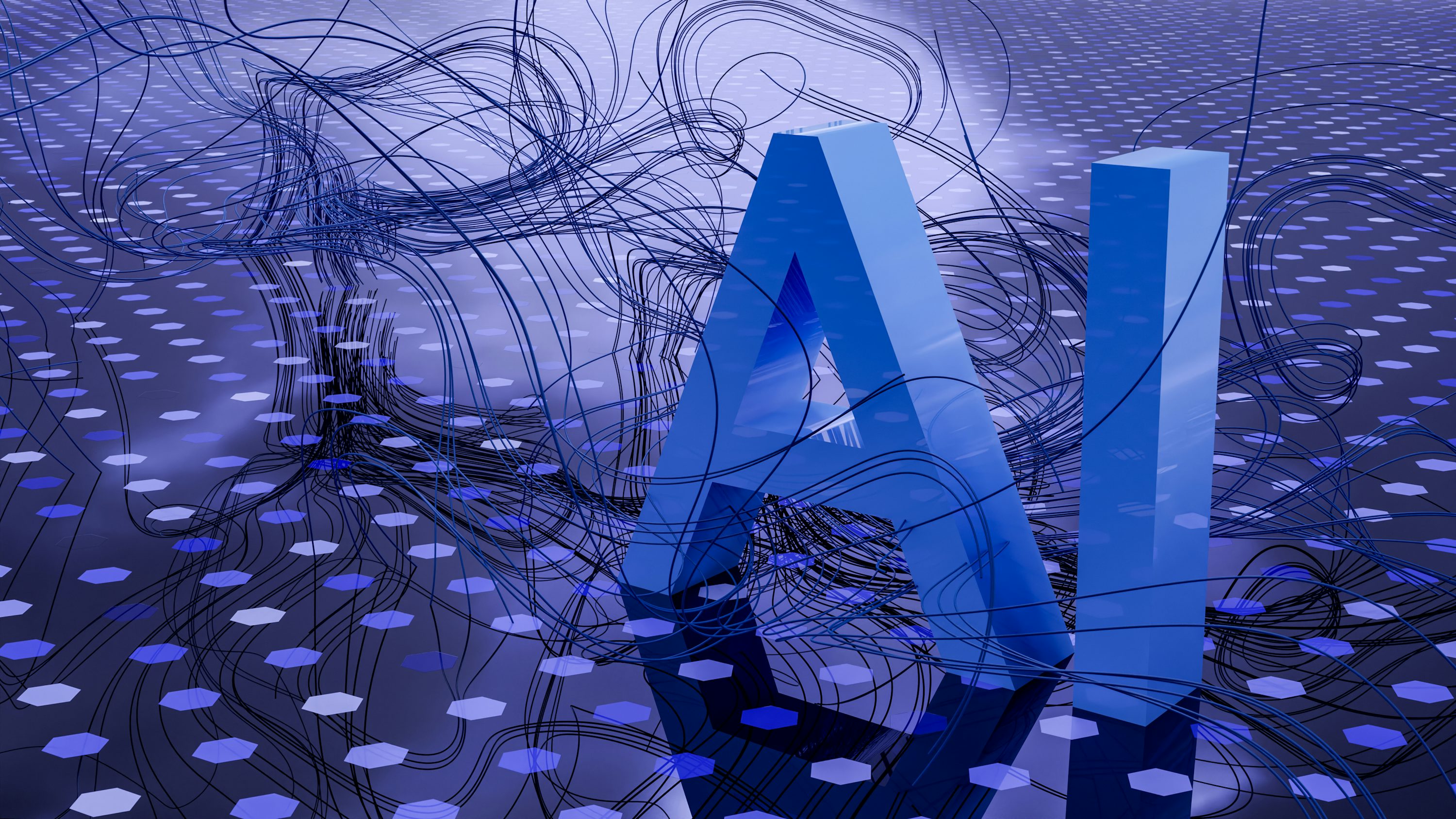Lightmatter Turns Fiber Optics into a "Multi-Lane Superhighway" to Power AI Data Centers
Al models keep getting bigger, and the amount of data keeps snowballing. Unfortunately, the "blood vessels" of data centres- the fibre optics connecting computing units often struggle to keep pace. Recently, Lightmatter unveiled a breakthrough solution that acts like a road-expanding super tool: they've managed to run 16 bidirectional channels on a single standard-mode fibre. In other words, what used to be a one-lane road has been transformed into a 16-lane superhighway, with | traffic flowing smoothly in both directions.
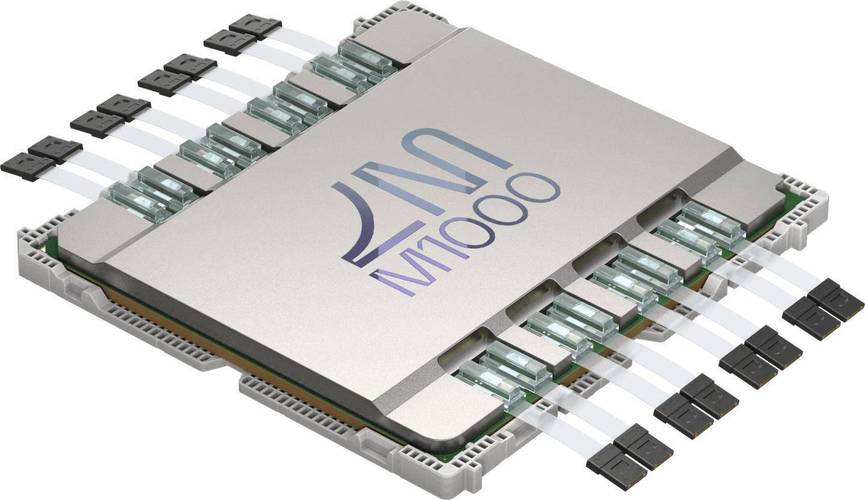
Modern AI is no longer just a few engineers tuning algorithms. Models with trillions of parameters require data centres that resemble small cities. Inside them, tens of thousands of chips and servers must constantly communicate and exchange information. If the roads between them aren't wide enough, even the fastest processors get stuck at the exit. The traditional fix has been to install more fibres, like building more roads. But that's expensive, takes up space, and adds energy and management headaches. Lightmatter's approach is like opening hidden lanes inside the same fibre: boosting bandwidth without the cost of laying down new infrastructure.
You might think fibre optics is already a superhighway. True— but until now, a single standard-mode fibre could only carry two bidirectional channels. It's like a tunnel with just one lane in and one lane out. Lightmatter, however, has managed to squeeze 16 distinct "photon traffic lanes of different colours into that slender glass strand, all moving in both directions. Achieving this is as tricky as fitting 16 flavours of drinks through a single straw without mixing them. Since light transmission can easily be distorted due to heat, bending, or interference, Lightmatter built a closed-loop self-correcting system. Think of it as adding autopilot and shock absorbers to the fibre, ensuring data arrives reliably even when conditions fluctuate.
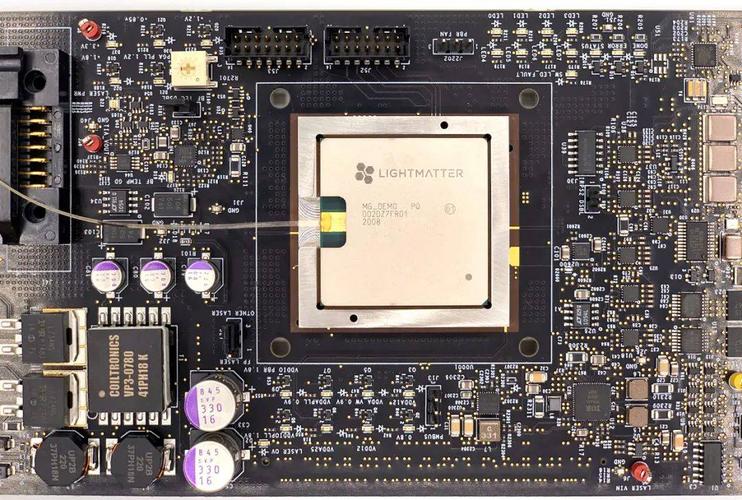
Why is this critical for AI? Today's models are so massive that training them requires not just raw compute power, but constant, high-speed communication among countless chips- much like neurons in a brain. If bandwidth bottlenecks exist, it's like pinching a nerve: overall efficiency plummets. By multiplying the capacity of a single fibre many times over, Lightmatter has effectively turbocharged the "nervous system" of data centres. Even better, it does so while keeping power consumption and complexity low, cutting both construction and operating costs. For hyperscale data centres laying millions of kilometres of fibre, that's a game changer.
Another hurdle in fibre transmission is light polarisation. Simply put, when light travels through glass fibres, it can drift off-axis due to bending or external stress, destabilising signals. The old fix required expensive speciality fibres to maintain alignment, driving up costs. Lightmatter's architectural innovations make their system immune to polarisation drift, so stable transmission works even in standard fibres.
That's like letting a race car stay perfectly straight, whether on a racetrack or a bumpy country road. This technology isn't just a "sprint champion." It's built with modularity and scalability in mind. As AI demands grow, data centres must constantly upgrade. Traditionally, that meant ripping out and replacing hardware. Lightmatter's design is more like Lego blocks-functions can be stacked or upgraded, even remotely, without tearing everything down.
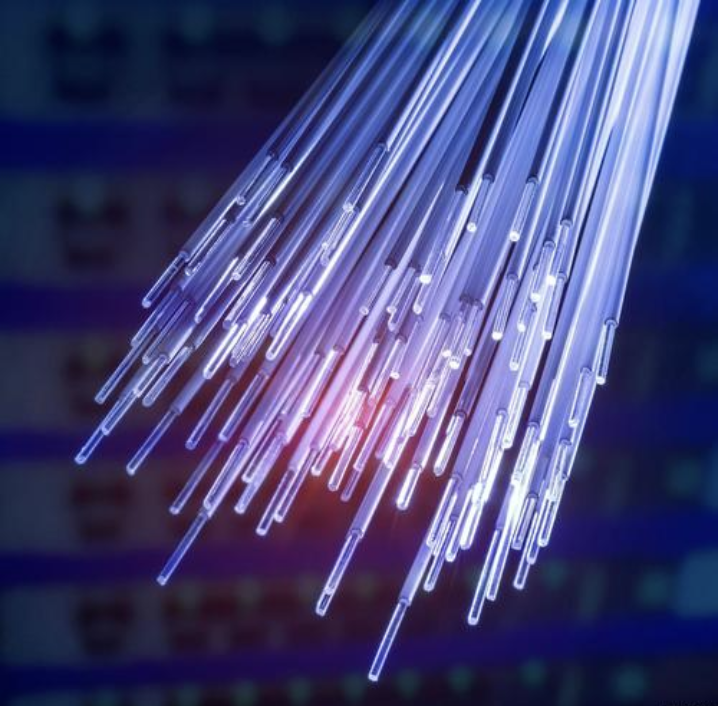
This breakthrough isn't just a feather in one company's cap—it could mark a turning point for the whole industry. Al is exploding, but rising power consumption, ballooning hardware, and communication bottlenecks are quickly becoming its Achilles' heel. Without solutions, it's like putting a race car on a dirt road: speed is wasted if the path isn't clear. Lightmatter's 16-wavelength bidirectional link offers a new answer. From the steam engine to electricity to the internet, every great technological leap has depended on revolutions in infrastructure. The future of AI will too. Lightmatter's advance is like building a multi-layered interchange on humanity's information highway, laying the foundation for the next age of intelligent civilisation.
(Writer:Matti)

